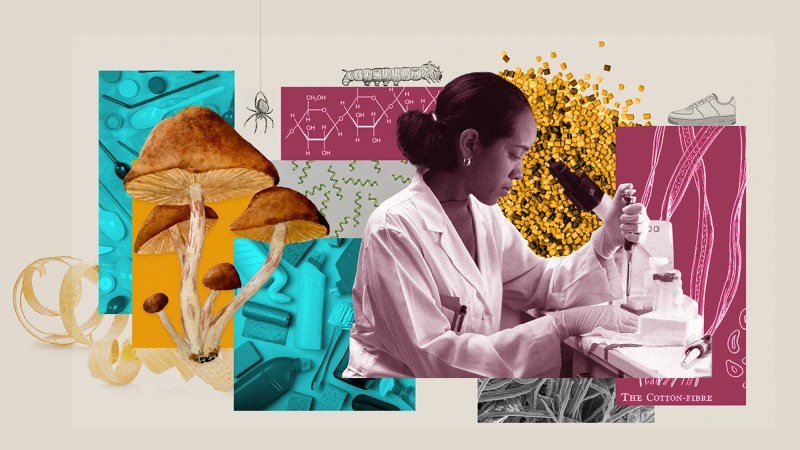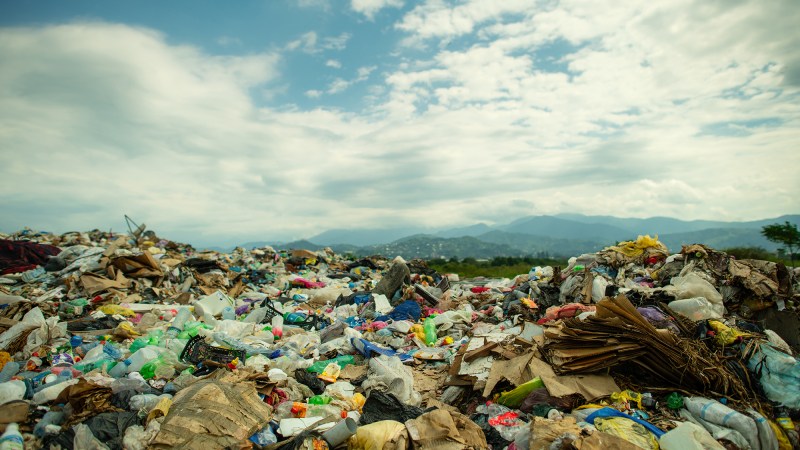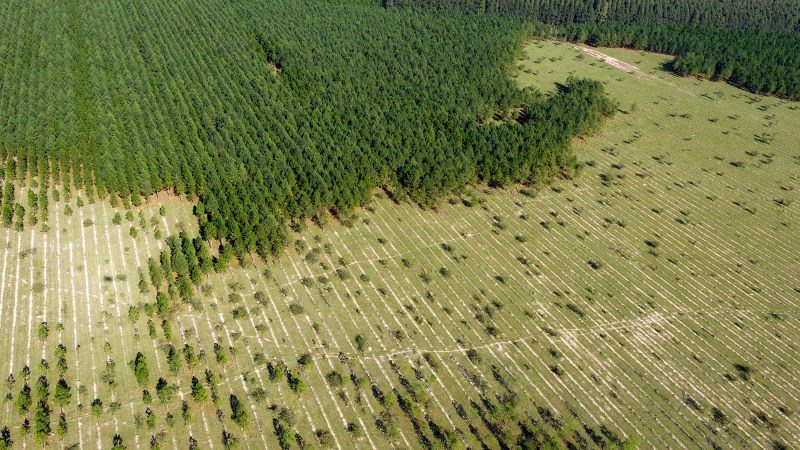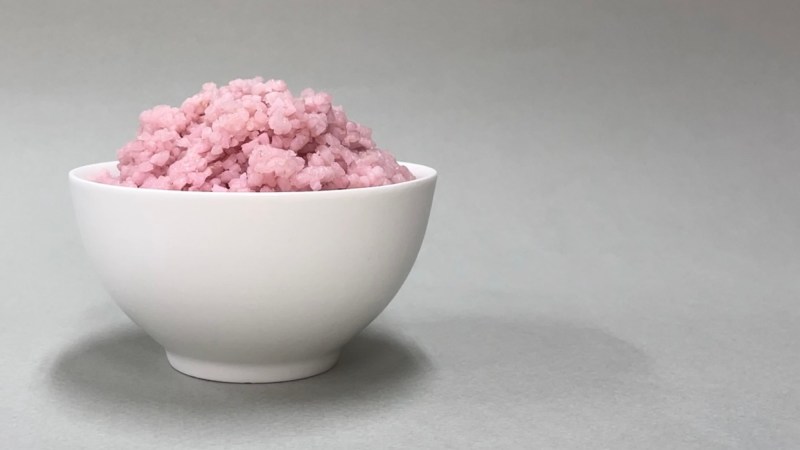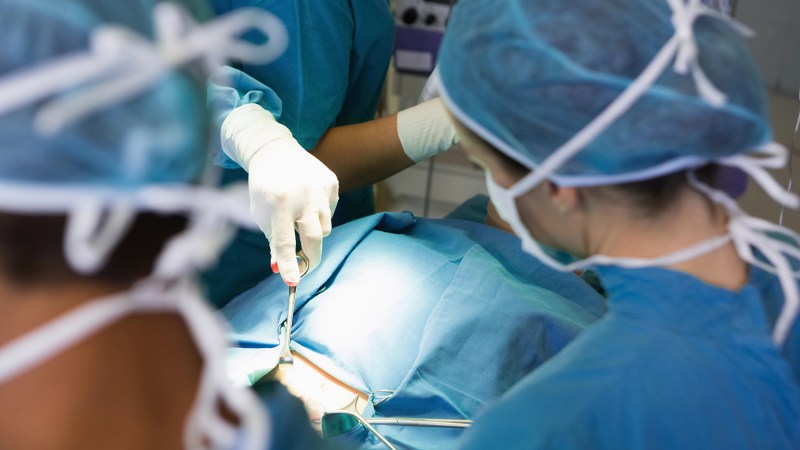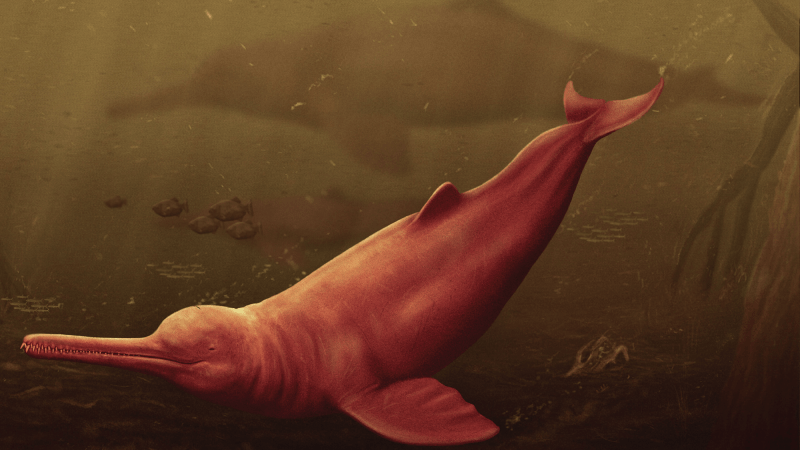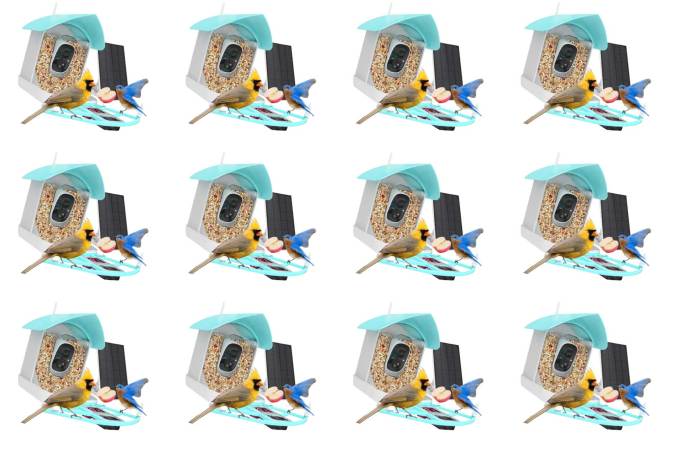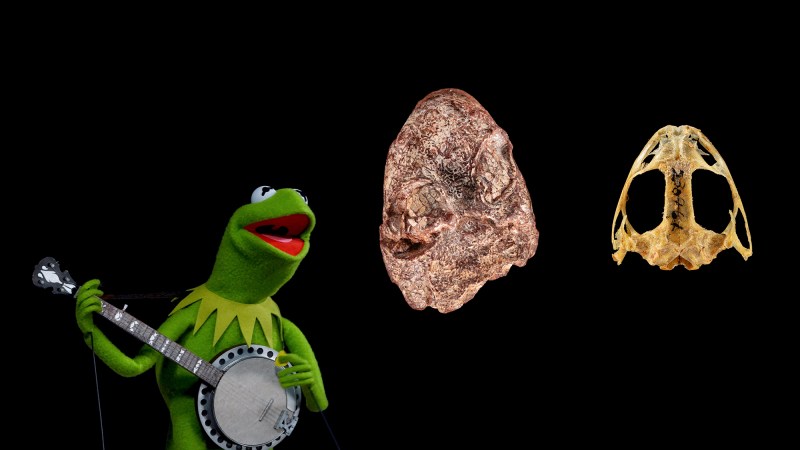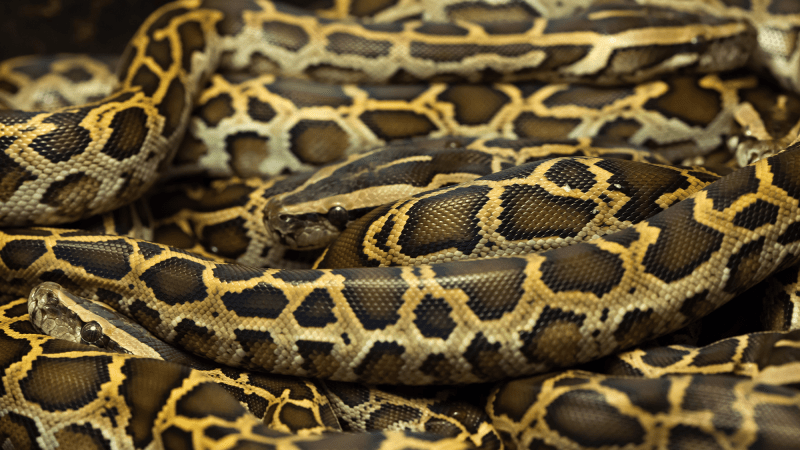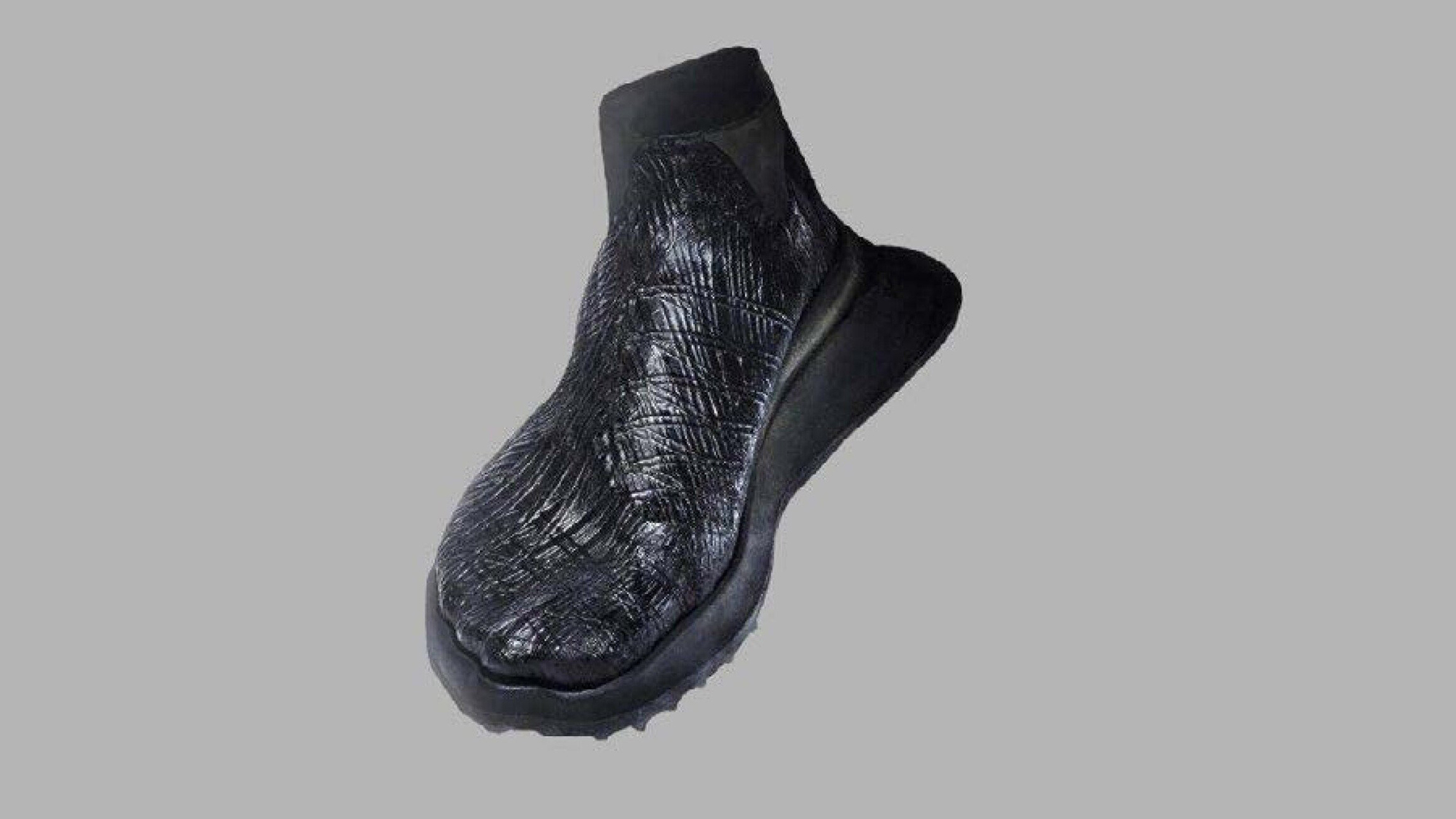

Transitioning towards sustainable clothing practices is a must for combating climate change, so researchers are turning to bacteria for their fashion inspiration. As detailed in the research journal Nature Biotechnology, a team at Imperial College London has genetically engineered new microbial strains capable of being woven into wearable material, while simultaneously self-dyeing itself in the process. The result is a new vegan, plastic-free leather that’s suitable for items such as wallets and shoes—although perhaps not the most fashionable looking shoes at the moment.
As much as 200 million liters of water is consumed across the global textile industry every year, and 85 percent of all used clothing in the US winds up in landfills. Meanwhile, the particulates shed from washing polyester and other polymer-based fabrics already make up 20-and-35 percent of the oceans’ microplastics. Then there’s all the pesticides used in industrial cotton farming. And when it comes to animal leather production, the statistics are arguably just as bad. Basically, from an ecological standpoint, it costs a lot to dress fashionably.
Sustainable, microbial-based textile alternatives haven increasingly shown promise for greener manufacturing, especially the utilization of bacterial cellulose.
[Related: A new color-changing, shape-shifting fabric responds to heat and electricity.]
“Bacterial cellulose is inherently vegan, and its growth requires a tiny fraction of the carbon emissions, water, land use and time of farming cows for leather,” Tom Ellis, a bioengineering professor at Imperial College London and study lead author, said in a statement on Wednesday. “Unlike plastic-based leather alternatives, bacterial cellulose can also be made without petrochemicals, and will biodegrade safely and non-toxically in the environment.”
Unfortunately, synthetically dyeing products like vegan leather remains some of the most toxic stages within the fashion industry. By combining both the manufacturing and dyeing processes, researchers believe they can create even more environmentally friendly wearables.
To harness both capabilities, Ellis and his colleagues genetically modified bacteria commonly used in microbial cellulose to self-produce a black pigment known as eumelanin. Over a two-week period, the team then allowed their new material to grow over a “bespoke, shoe-shaped vessel.” Once completed, the leather-like cellulose was loaded into a machine that gently shook it for about 48-hours at roughly 86-degrees Fahrenheit, which stimulated the bacteria to begin darkening from the inside out. Finally, the material was attached to a pre-made sole to reveal… well, if not a “shoe,” then certainly a “shoe-shaped vessel.” Beauty is in the eye of the beholder, of course. But if the bulbous clogs aren’t your style, maybe the team’s other example—a simple bifold wallet—makes more sense for your daily outfit.

According to their study, the team notes they still want to cut down the cellulose’s water consumption even further, as well as engineering their bacterial cellulose to allow for additional colors, materials, and even patterns.
